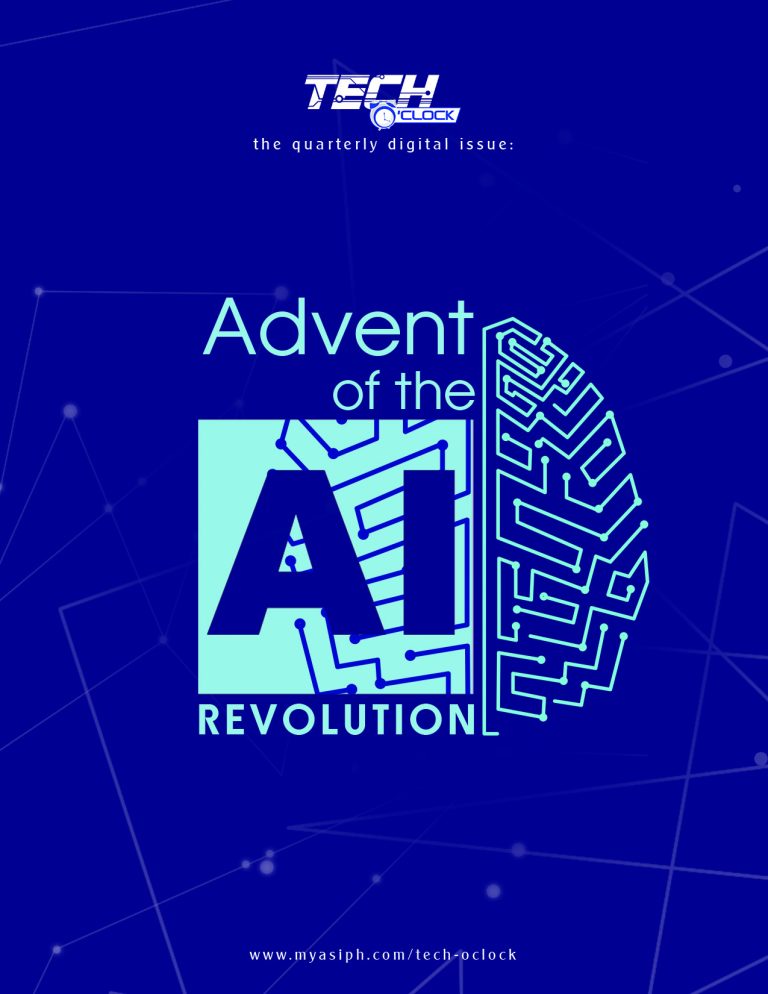
Mobile financial apps adoption in PH quickly gaining momentum
A previous ASI article cited that Filipinos have learned to embrace digital payments out of necessity because of the COVID-19 pandemic. A 2021 study by Visa Consumer Payment Attitudes shows that about 60% of Filipino consumers now carry less cash in their wallets and 84% have tried going cashless—reflective of how the pandemic and the consequent lockdowns have sped up digital adoption.
Data from the Bangko Sentral ng Pilipinas’ (BSP) 2024 Financial Inclusion Survey shows by the end of 2023, the number of e-wallet accounts had increased by 52.8%, from 257.5 million in 2022 to 393.6 million. E-money transaction volume reached 10.6 billion, up 40.2% from 7.6 billion in 2022. As of December 2023, there were 72 registered e-money issuers in the country—28 banks and 44 non-bank financial institutions.
EMIs (e-money issuers) are now widely accepted in most establishments around the Philippines, especially those that visiting Pinoys from abroad would likely frequent: restaurants (even fast-food joints), supermarkets, retailers (whether in malls, bazaars or tiangges, and online), theaters/cinemas, tourist spots, and others that provide services they might need, like transportation and delivery apps.
Approximately 79.5% of Filipinos ages 15 and older — about 66.4 million people — are expected to use fintech through mobile apps. The growth is expected to be driven mainly by digital commerce, contributing 34%, followed by digital wallets at 27.2% and digital banking at 8.6%. Digido Business Development Manager Rose Arreco said: “The positive numbers seen in digital lending, digital wallets and digital commerce can be attributed to growing trust in these segments and its natural synergies with one another.”

Edge Secure Network VPN
Get free and built-in online security protection that is smart enough to turn on when you need it the most– like when you’re connected to an open Wi-Fi network. Edge Secure Network uses VPN technology to stop third parties and bad actors from accessing your sensitive information, so you can make purchases online, fill out forms, and keep your browsing activity away from prying eyes.
Browse freely, stay private
With InPrivate in Microsoft Edge, your browsing history, cookies, and site data are never saved—so you can explore, shop, and search with confidence. Whether you’re planning a surprise or researching sensitive topics, InPrivate gives you the freedom to browse without leaving a trace.
Password Management
Edge makes password security effortless helping you create strong passwords, storing them safely, and watching for breaches 24/7. You stay in control with instant alerts and easy password updates.
Stop threats before they start
Microsoft Defender SmartScreen helps protect you from phishing scams, malware websites, and from downloading potentially malicious files. That’s peace of mind for every click.
Scareware blocker
Scareware blocker in Microsoft Edge is here to protect you from scareware attacks—full-screen pop-ups with alarming warnings claiming your computer has been compromised. These attacks try to frighten people into calling fraudulent support numbers or downloading harmful software. While scareware blocker is enabled by default for most users, please ensure it is to help protect you by detecting and stopping these attacks.

“As strong demand for fintech in the Philippines continues, so too Filipinos’ expectations on convenience, interoperability and improved user experience across these applications,” Arreco added. Digido reported that 76.2% of Filipino adults (63.1 million users) adopted fintech services through mobile apps from September 2018 to June 2024, with fintech app downloads totaling 617 million.
Digital commerce led with 31.4% of downloads, followed by digital wallets at 21.7%, and digital lending at 20.3%. The remaining downloads were for digital payments and transfers (11.6%), digital personal finance apps (8%), and digital banking (7%). In the first half of 2024, Digido found that digital lending saw the highest growth with 25.4 million downloads, followed by digital commerce at 13.5 million, and digital wallets at 12.2 million.
Digital payments and transfers, digital banking, and digital personal finance apps had 7.8 million, 6.2 million, and 4 million downloads, respectively. Digido noted that, on average, downloads grow at about 10.26% every six months. In the first half of 2024, digital banking saw the highest growth at 22.34%, followed by digital payments and transfers at 17.72%, and digital lending at 16.81%.
“We believe that the Philippines remains on course towards widespread digitalization, with its ‘fintech-ization’ far from weakening,” Arreco said. “Collaboration within and outside of the industry remains paramount for this growth to be realized at a faster rate,” she added. Financial technology (fintech) adoption through mobile applications is likely to reach 80% or about 65 million users by the end of 2024, an analysis from consumer credit service Digido showed.










